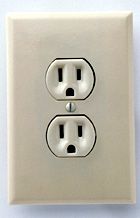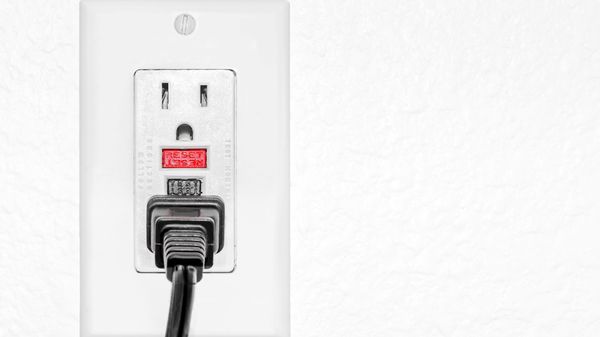
If you unplug any appliance in your house, there's a 98 percent chance that the two flat prongs on the electrical plug have holes in them. These holes are there for a reason. We'll explain why, but, first let's talk a bit about electrical plugs.
There are two common types in North America: Type A and B plugs (technically known as the NEMA 1-15 and NEMA 5-15, respectively). Type A is an ungrounded plug with two flat parallel prongs, and was invented in 1904 by Harvey Hubbell II. Type B also has two flat blades, but it also has a round or U-shaped pin that grounds the device before the power is connected.
Advertisement
Both Type A and B's flat prongs have holes near the tips. So again, what purpose do these holes serve?
- If you were to take apart an electrical outlet and look inside where the prongs slide into, you would see they have bumps on them. These bumps fit right into the holes on the prongs so that the outlet can grip the plug more firmly. This prevents the plug from being pulled out of the socket from the weight of the plug or cord. It also helps improves the contact between the plug and the outlet.
- Some electrical devices also come "factory-sealed" or "locked-out" by the manufacturer with a plastic tie inserted through one or both of the prong holes. Construction projects or industrial safety requirements may call for this type of sealing. For example, a manufacturer might apply a plastic band through the hole and attach it to a tag that says, "You must do 'X' before plugging in this device." The user cannot plug in the device without removing the tag, so they are sure to see the instructions.
- There may also be a small savings in raw materials (metal) for the manufacturer of the actual plug prong.
It has been reported that really old outlets used captive ball bearings and coil springs for the detent, but today it is done with a bump and springy copper contacts.
Advertisement


